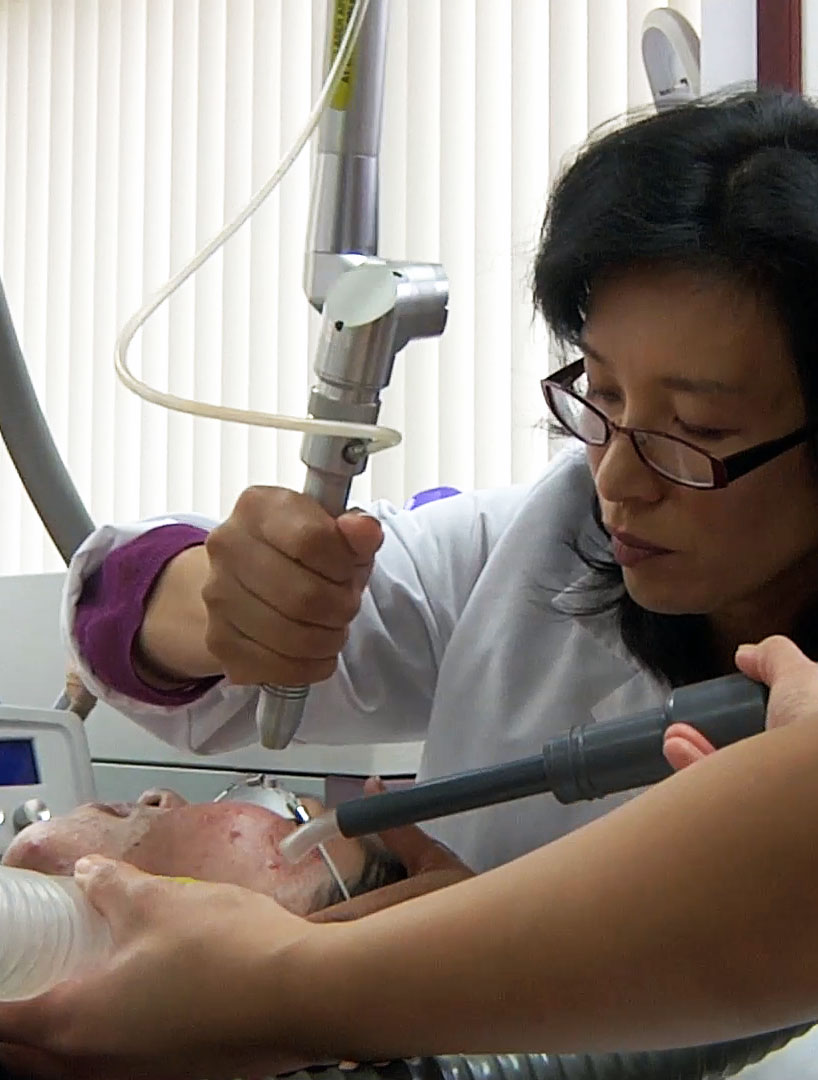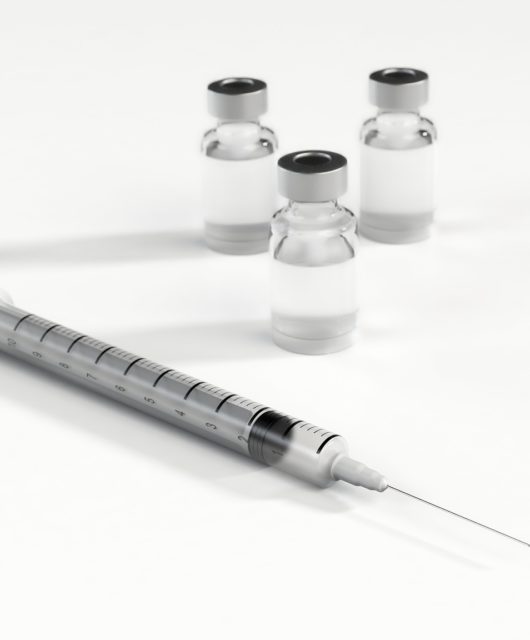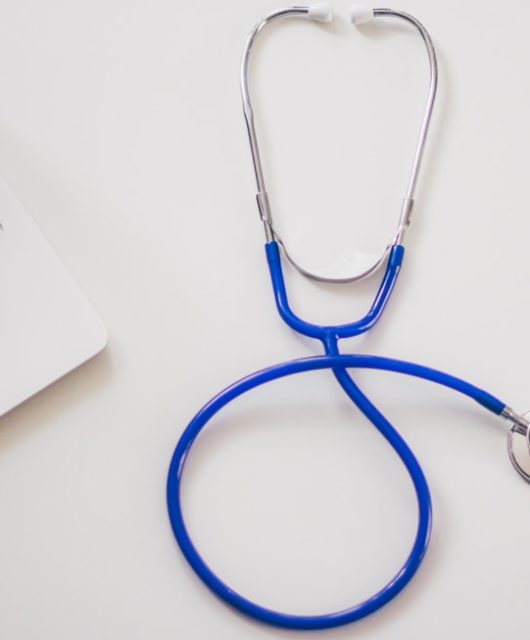A Sneak Peek on IPL Photorejuvenation Treatment: Everything You Need to Know!
If you’re suffering from a multitude of skin issues like rosacea, wrinkles, age spots, freckles, stretch marks, and others, you may have heard about photorejuvenation as the solution. But what is photorejuvenation? 
Photorejuvenation is a dermatological treatment that uses some form of light like lasers, photodynamic therapy, or intense pulsed light (IPL) to improve the appearance of your skin and target different skin issues. Usually, the procedure lasts for only an hour or so with minimal discomfort and excellent, long-lasting results.
IPL photorejuvenation is the most common and works by using light energy to stimulate the cells located deep under the skin layers and enhance your skin’s natural healing and cell regeneration.
It causes minor injuries to the skin to encourage repair and cell renewal. Due to the low amount of heat inflicted, cells called fibroblasts are stimulated to produce the proteins collagen and elastin. These proteins are responsible for keeping your skin elastic and wrinkle-free. This also improves the tone and texture of red, inflamed, and sun-damaged skin.
IPL also aims to break down melanin, the pigment that gives our skin its brown color and the hemoglobin in the red blood cells of blood vessel walls. Light beams absorbed by either hemoglobin or melanin damage the blood vessel wall or destroy the pigment, respectively.
The fragments of small blood vessels and melanin are then reabsorbed by the body, making them less visible and reducing the redness and discoloration. This lightens and polishes the complexion.
Usually, photorejuvenation or photo facial treatments are performed in series of 3 to 6 sessions done every month. Effects are already visible after the first session, but you get the full benefits of several treatments. The time it takes to see the effects depend on the skin condition and individual response to the treatment.
Photorejuvenation is recommended for people who experience the following skin issues:
● Abnormal flushing due to enlarged facial blood vessels
● Hyperpigmentation, dark spots, or dark skin due to melanin overproduction
● Rosacea
● Stretch marks
● Spider veins due to dilated capillaries
● Melasma or chloasma
● Age spots or sun spots
● Wrinkles
● Broken or visible capillaries
● Freckles
The IPL photorejuvenation benefits cover almost the whole cosmetic dermatology spectrum. As long as it is performed properly by a qualified specialist, it can help in all aspects of skin structure and aesthetics.
Specific benefits include:
● Eradication of pigmentation irregularities such as redness, sun spots, liver spots, hyperpigmentation, and hypopigmentation for a fairer, more even complexion.
● Enhancement of the skin’s radiance and youthful glow.
● Elimination or reduction of fine lines and wrinkles through the stimulation of elastin and collagen production.
● Getting rid of acne-causing bacteria, reducing the chance of breakouts.
● Promotion of faster and better healing of acne breakouts and issues after cosmetic procedures like chemical peels.
● Enhancement of blood circulation in the target area to promote healing and reduce inflammation.
● Treatment and repair of visible small blood vessels.
● Reduction of pore size.
● Often costs less than laser treatments.
● Can be performed in tandem with additional more superficial treatments like microdermabrasion and chemical peels.
All of these benefits work to restore your skin’s youthful with the photorejuvenation treatment.
Although there are a few possible risks or side effects like mild swelling, pigmentation, redness, crusting, darkness, bruising, scarring, lesions or blisters, these are rare and temporary. Symptoms usually disappear a few weeks after a treatment session.
In order to prevent these complications, be honest about your medical history and medications. Also, ensure that the procedure will be done in a safe and clean facility by a certified skin care specialist.









